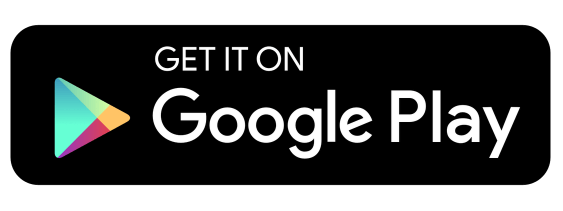Adverts
It’s quite common to be curious about the name of that beautiful plant on the sidewalk, in the backyard or in a park. It’s not always easy to identify a species just by its appearance, especially with the variety of flowers, shrubs and trees that exist. Fortunately, technology offers practical and efficient solutions for this.
Adverts
With just a photo taken with your cell phone, you can already know what the plant is, where it comes from, how to grow it and even if it can be toxic to pets. In this blog post, you will learn about two free apps that fulfill this function very well: PlantNet and the PictureThis. Both are available for Android and iOS devices, are simple to use, and offer comprehensive features.
If you love nature, want to learn more about the plants around you, or are just starting to create your own garden, keep reading. These two apps could change your relationship with the green world.
Adverts
Why use an app to identify plants?
Manual plant identification requires technical knowledge. Small characteristics often make the difference between similar species. For those who are not professional botanists or gardeners, apps are tools that make this discovery easier.
In addition to being practical, they are educational. With detailed information, they help the user recognize species, learn about the ideal growing environment, watering frequency, lighting requirements and much more. Some also warn about toxic or invasive plants, which is essential to keeping the garden safe and healthy.
Below, learn more about the two main applications recommended for this task.
PlantNet: A Scientific Database in Your Hands
O PlantNet is an international collaborative project that connects science, technology and the environment. The application is based on a huge collection of botanical images and information, constantly updated by researchers and users.
To use it, simply take a photo of the plant you want to identify — it could be a leaf, flower, fruit or even the bark of the trunk. The application analyzes the image and displays the options that best match the photo sent. The user can check the suggestions, confirm or refine the search, and even contribute new images to enrich the database.
See too:
PlantNet's biggest differentiator is its scientific nature. It organizes plants by region of the world, allowing for more accurate identification based on local vegetation. This is useful for those who hike, study botany, or simply like to know what's growing in their own backyard.
Highlighted features:
- Simple and straightforward interface, with Portuguese version
- Image identification based on specific features
- Observation history made by the user himself
- Separation of plants by geographical location
- No mandatory registration required
- Totally free
PlantNet is ideal for those seeking reliability and wanting to be part of a community that actively contributes to botanical knowledge.



PictureThis: Quick Identification with Growing Guidelines
If PlantNet has a scientific focus, the PictureThis focuses on user experience and quick responses. It uses artificial intelligence to recognize plant species in seconds and goes beyond the simple name: it provides complete instructions on cultivation, care, watering frequency and other useful tips.
It also works very simply. Just take a photo of the plant or choose an image from the gallery. The app analyzes it and returns the name of the species, along with detailed information. The difference here is in the presentation: the app offers a pleasant visual navigation, with organized and direct descriptions.
An important additional feature is problem diagnosis. PictureThis allows the user to upload an image of a plant with signs of disease, pests or spotted leaves, and the system points out possible causes and solutions.
What you find on PictureThis:
- Instant recognition of thousands of species
- Complete information about each plant identified
- Practical care and maintenance tips
- Sheet problem diagnosis function
- History and personal library of photographed plants
- Modern interface, focused on user experience
Although the app has a paid version with more features, the free version is enough to identify plants and receive basic instructions. It is an excellent tool for those who care for plants at home and want to learn more about gardening.


Which app is better?
Both applications are quite efficient, but they serve different profiles.
O PlantNet It is more geared towards those seeking scientific precision and wishing to contribute to a collaborative project. It is ideal for those who enjoy learning in depth and exploring local or global vegetation with a more technical perspective.
Already the PictureThis It is recommended for those who prefer speed, simplicity and want to take better care of the plants they already have at home. It is also a good choice for those who are starting out in gardening and need practical guidance.
The two work very well together. You can use PlantNet to confirm a plant's species and then use PictureThis to learn how to grow it properly.
Final considerations
Plant identification has become accessible thanks to technology. Tools such as PlantNet It is PictureThis show that it is possible to bring people closer to nature with just one click. They help to awaken curiosity, promote environmental education and encourage care for the environment.
Whether for personal use, study or leisure, these apps are excellent allies in your daily life. With them, you can turn every walk in the park, every trail or every new seedling in the yard into an opportunity to learn something new.
Experiment, explore and discover: green is closer than you think — and now, you can better understand each leaf, flower or branch with the help of your cell phone.




